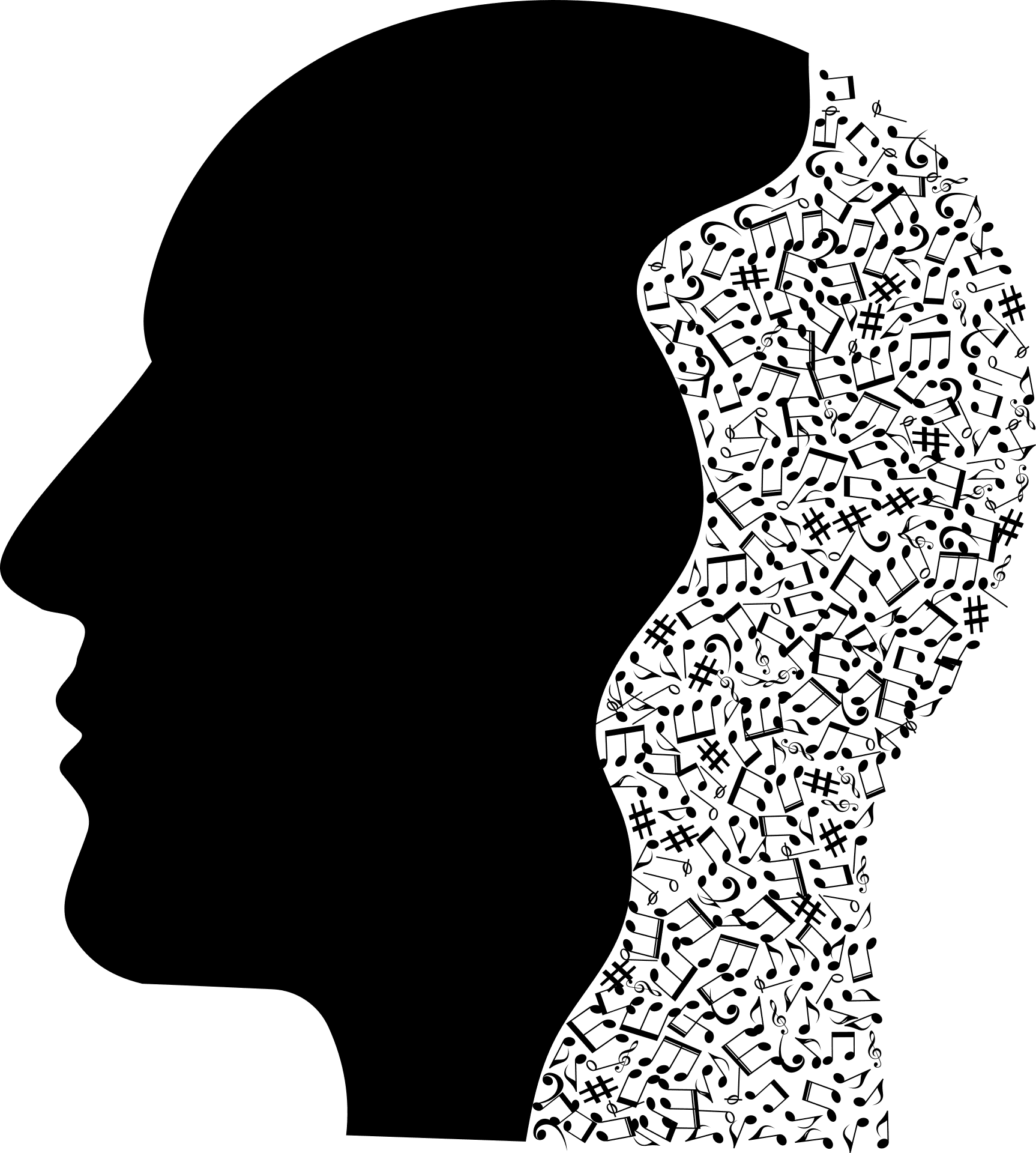Introduction
In our last blog, “Stave Secrets,” we explored the basics of the stave, including its lines and spaces. Today, we’re going to learn about the tiny, egg-like shapes that sit on the stave, known as note heads.
What Are Note Heads?
Note heads are oval shapes that can be colored or uncolored. When they are colored in, they are called closed note heads. When they are uncolored, they are called open note heads. For now, we’ll focus on closed note heads in our examples.

Writing Note Heads
On Every Line
When writing a note head on a line, it should sit perfectly on that line. For instance, if you’re placing a note head on the third line of the stave, it should not touch the second or fourth line. The line should pass right through the middle of the note head.

In Every Space
Writing a note head in a space means it should fit snugly between two lines without crossing them. If you’re placing a note head in the second space, it should not extend into the second or third lines but should sit perfectly within that space.

On Every Line and In Every Space
Note heads can be placed on every line and in every space of the stave, showing a sequence of notes. Each note corresponds to a letter from A to G, depending on the clef used. We’ll explore this more in our next blog.

Games and Activities
Note Head Relay
- Materials: Stave sheets, colored pencils.
- Instructions: Divide the class into teams. Each team must correctly place note heads on a stave sheet, either on the lines or in the spaces, as quickly as possible. The first team to complete their stave correctly wins.
Musical Egg Hunt
- Materials: Plastic eggs, small stave sheets, markers.
- Instructions: Hide plastic eggs around the classroom. Inside each egg, place a small stave sheet with a note head drawn on it. Students must find the eggs and identify whether the note head is on a line or in a space.
Note Head Hopscotch
- Materials: Large stave drawn on the floor, markers.
- Instructions: Create a large stave on the classroom floor using tape. Have students hop from one line or space to another, calling out the note names as they go.
Conclusion
Understanding note heads is an essential part of learning to read music. By practicing writing note heads on lines and in spaces, and engaging in fun activities, students can become more familiar with musical notation. Stay tuned for our next blog, where we’ll dive into the names of the notes based on different clefs. Happy learning!




